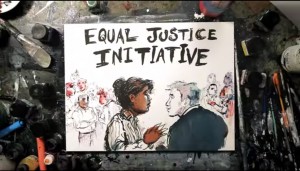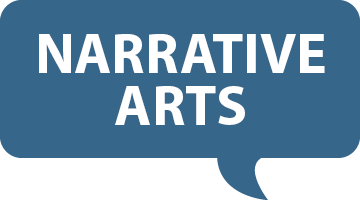How can we use history?

Equal Justice Initiative
Most every social-change movement has an interpretation—or many interpretations, diverse and contested—of the history that brought us to where we are now.
In the movement to end mass incarceration, for example, Eugene Jarecki’s film The House I Live In sketches the history of the drug war; Michelle Alexander’s book The New Jim Crow draws a line to earlier eras in racial persecution; and the Equal Justice Initiative goes back further still in its short animated video “Slavery to Mass Incarceration.” Members of the Facebook group Historians Confront the Carceral State share resources exploring the root causes of the problem—and how one conceives of “the problem” depends on one’s interpretation of history.
Of all our studies, history is best qualified to reward our research. – Malcolm X
Much like nations, social movements are defined in part by the stories they coalesce around—the histories, the legends, the lore. Members of a movement may see themselves not as a discrete segment of society but as a permeating force that cannot be separated from society at large any more than a wave can be separated from the water.
History can be told in everything from comic books to documentary films to museum exhibitions. Just as the forms of history-telling are many, so are its uses. History helps us draw courage from those who came before us, and connect our struggles to theirs. It affirms the importance of social movements in making change, such as the ACT UP Oral History Project aims to do. History can help societies confront and redress past crimes, such as the cold cases from the Jim Crow era.
History can inform our vision of a just society and inspire us to realize that vision.
Further exploration:
- Thinking in Time: The Uses of History for Decision Makers, by Richard E. Neustadt and Ernest R. May.
- Dangerous Games: The Uses and Abuses of History, by Margaret MacMillan, and reviews in the New York Times and the Washington Post.
- “The History of American Slavery,” as told through the lives of nine enslaved people, a “Slate Academy” course led by Jamelle Bouie and Rebecca Onion.
- The Equal Justice Initiative has a timeline of racial injustice and published a landmark report on the history of lynching in America, which the New York Times covered.
- Colorlines, the “daily news site where race matters,” has many stories that concern history.
